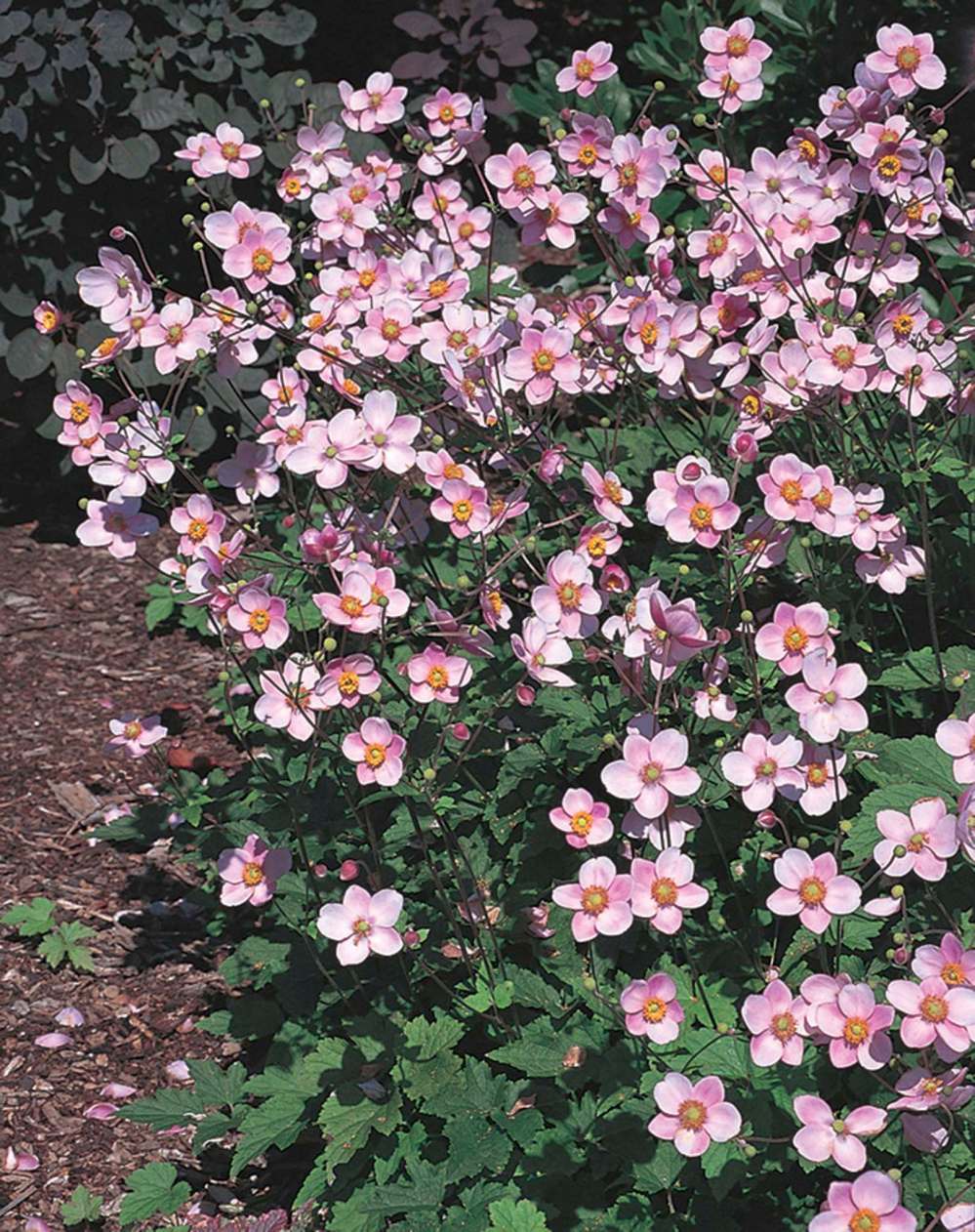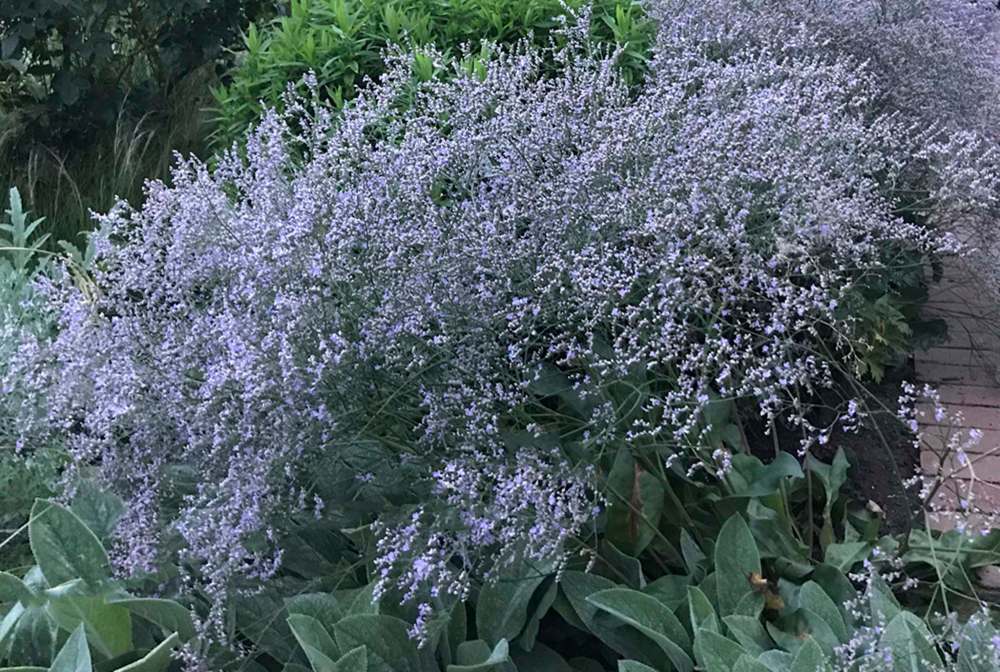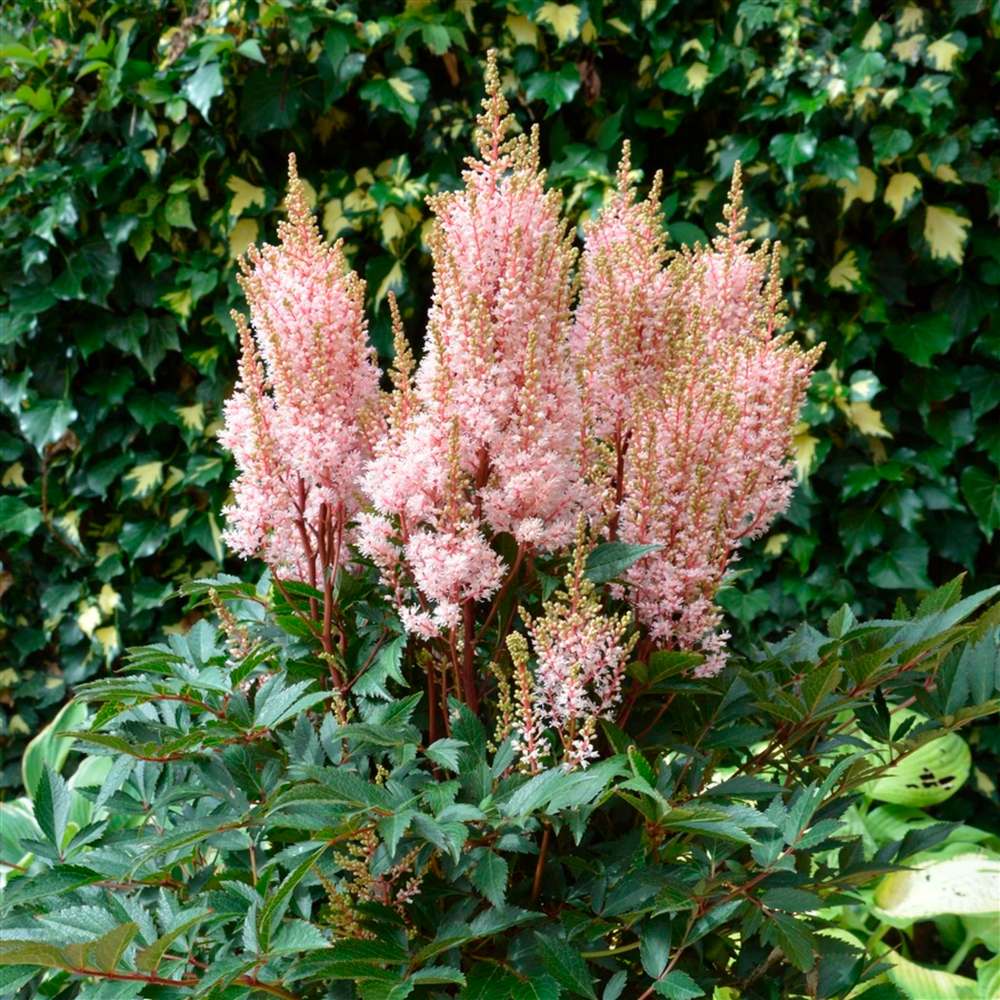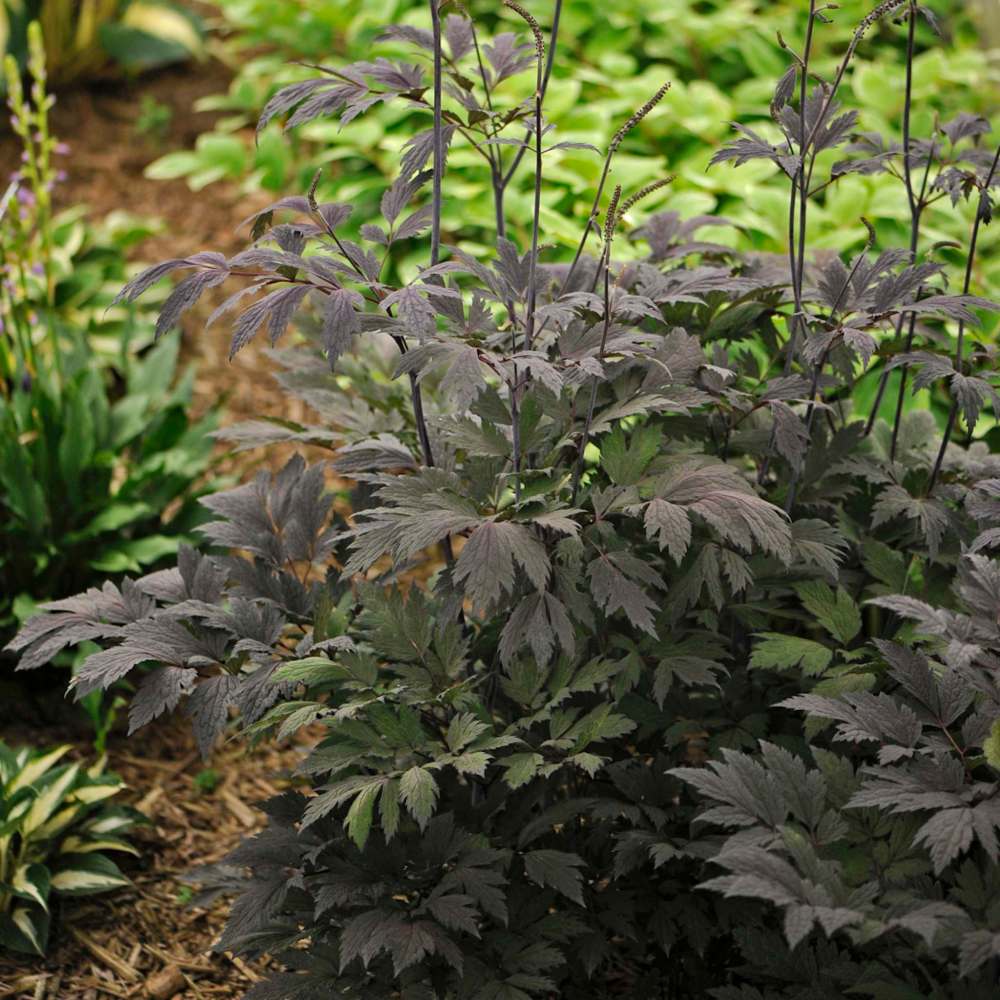Perennial beauties to grow in your garden
Protecting your investment starts now
Advertisement
Read this article for free:
or
Already have an account? Log in here »
To continue reading, please subscribe:
Monthly Digital Subscription
$1 per week for 24 weeks*
- Enjoy unlimited reading on winnipegfreepress.com
- Read the E-Edition, our digital replica newspaper
- Access News Break, our award-winning app
- Play interactive puzzles
*Billed as $4.00 plus GST every four weeks. After 24 weeks, price increases to the regular rate of $19.00 plus GST every four weeks. Offer available to new and qualified returning subscribers only. Cancel any time.
Monthly Digital Subscription
$4.75/week*
- Enjoy unlimited reading on winnipegfreepress.com
- Read the E-Edition, our digital replica newspaper
- Access News Break, our award-winning app
- Play interactive puzzles
*Billed as $19 plus GST every four weeks. Cancel any time.
To continue reading, please subscribe:
Add Winnipeg Free Press access to your Brandon Sun subscription for only
$1 for the first 4 weeks*
*$1 will be added to your next bill. After your 4 weeks access is complete your rate will increase by $0.00 a X percent off the regular rate.
Read unlimited articles for free today:
or
Already have an account? Log in here »
Hey there, time traveller!
This article was published 11/07/2020 (1906 days ago), so information in it may no longer be current.
These days, many of us are plant hunters. With pent-up demand for plants reaching an all-time high, we are emptying shelves bare at garden centres and bringing home perennial treasures that may not even have been on our wish list.
Deanne Walstrom, Shelmerdine Garden Centre, says that with more people staying home this year, there is greater focus on creating a lush, backyard oasis and more interest in the value of planting perennials. “We are seeing a lot of new gardeners to our perennial greenhouses,” she says. Plants with height such as grasses, ferns and delphiniums are especially popular. “However, we are seeing movement in all plants so there is not one particular style, form or colour.” Impulse buys are the main driver, says Walstrom.
On Canada Day, there was a two-hour lineup at Jensen’s Nursery Garden Centre. Customers purchased whatever perennials were available, says Tammy Jensen. To meet demand, she has brought in more plants from local wholesale nurseries as well as from B.C. and Ontario.

This year I am trying Stachys monieri Hummelo for the first time. Named the Perennial Plant Association Plant of the Year for 2019, Hummelo features a broad, dense skirt of ovate green leaves and lavender flower spikes that grow 45 cm above the foliage. A relative of lamb’s ear, Hummelo has been used by renowned designer Piet Oudolf in his planting schemes. So far, the rabbits in my garden are loving Hummelo’s flowering spikes. Of greater significance to me, though, is that Hummelo is hardy to zone 4. In late fall, prior to freeze-up, I plan to add a protective layer of mulch for the winter.
Plants will break your heart ten ways to Sunday, that is guaranteed. We’ve all loved and lost plants. The silver lining is that there are other plants to replace the ones you lost. Still, protect your investment. Read your plant tags and store them in a safe place for future reference. Ensure you are providing your new perennials with what they need: well-drained soil with plenty of organic material such as compost, the required amount of sun or shade, adequate moisture especially during hot, dry periods, as well as room to grow and good airflow.
“Always take into account the mature size of a plant,” says Walstrom. Allow it to grow into the space where you plant it, but not take over the space.
Hostas, daylilies, sedums, and sages are plentiful right now. Perovskia atriplicifolia Russian sage is a perennial favourite for its aromatic, silvery green foliage and cloud of mauve-blue flowers on upright spikes. It is important to know how to grow and care for Russian sage, says Joanne Jones, Lacoste Garden Centre. “Russian sage is slow to come back in spring so give it lots of time. Unlike most herbaceous perennials, it grows on a woody stem. It is important not to cut it back too low when doing your garden cleanup.” In spring, Jones suggests waiting until you can see where viable buds are swelling on the stem – sometimes as high up on the stem as 15 to 30 cm. Prune to just above the newly forming buds. Jones also says that Russian sage benefits from a layer of protective mulch for the winter.
If you were fortunate enough to take home Cimicifuga ramosa Chocoholic snakeroot (also known as bugbane) with its handsome skirt of finely divided, bronze purple foliage, plant it in a shady location that receives some direct sunlight for the deepest, richest colour. Provide organically enriched soil and maintain even moisture especially during hot, dry weather. In August, this elegant beauty native to eastern North America produces tall, fragrant mauve-pink bottlebrush flowers that turn creamy in fall. At maturity, Chocoholic grows to a height of 90 cm. Mine came with a Prestige Select plant tag which means it was grown right here in Manitoba. Chocoholic is hardy to our zone 3 climate.

Limonium latifolium Sea lavender is an outstanding plant in the garden, however it is not always easy to find. A mid- to late summer sun-loving bloomer, sea lavender (also known as statice) is characterized by large, dark green, paddle-shaped basal leaves with a leathery texture. Starting in late July or early August, airy clouds of tiny, lavender flowers on ultra slender, branched stems provide beautiful texture to flower beds. An exceptionally pretty plant, Sea lavender is hardy to zone 3 and is drought tolerant once it is established. Patience, though, is required before clumps begin producing their dainty blooms which are excellent for drying. The best part is that once sea lavender does establish in your garden, the papery calyces that remain after the tiny true flowers drop off give the effect of still being in bloom well into the fall. Bees love sea lavender and deer are said to leave it alone. I’ve never seen rabbits paying any attention to my sea lavender plants.
Grape Leaf anemone Robustissima is usually readily available, thank goodness. A must-have perennial, Grape Leaf anemone is one of the earliest of the autumn blooming anemones. A Japanese anemone, Robustissima produces a profuse number of silvery-pink flowers that float above the dark green, deeply cut or lobed foliage. You will want several. Provide a spot with morning sun and afternoon shade. Keep the soil evenly moist. Robustissima has zone 4 hardiness but is normally hardy in zone 3. Consider adding a layer of shredded leaf mulch for winter protection.
Astilbe, of course, is a perennial favourite in the shade garden. I thought my favourite was Astilbe thunbergii Chocolate Shogun with its bronze-chocolate foliage until I saw Astilbe arendsii Look at Me. Look at Me has masses of large plumes that are bubblegum pink on ruby red stems with glossy, deeply cut foliage. Compact, it grows to a height of 45 cm. Choose a site with some morning sun and shade for the rest of the day. It’s best not to allow the soil to dry out but the soil shouldn’t be waterlogged either. Look at Me is hardy to zone 3.
If ever there was a year to embrace a plant variety you have never grown before, this must be it. Most of us are spending more time at home because of COVID-19. Why not experiment with growing something totally different? Rodgersia is a dramatic species that can be found at more and more local garden centres. The substantial leaves are divided into five to seven leaflets. This imposing plant spreads slowly but needs room to grow: most types mature to more than one metre tall and wide. Evenly moist, compost-enriched soil is recommended. An area with light shade is ideal and helps to protect the bold foliage from scorching. Although it looks exotic, Rodgersia does well in our cold climate if it is protected with a winter mulch of shredded leaves or bark.
colleenizacharias@gmail.com




Colleen Zacharias
Gardening columnist
Colleen Zacharias writes about many aspects of gardening including trends, plant recommendations, and how-to information that is uniquely relevant to Prairie gardeners. She has written a column for the Free Press since 2010 and pens the monthly newsletter Winnipeg Gardener. Read more about Colleen.
Every piece of reporting Colleen produces is reviewed by an editing team before it is posted online or published in print — part of the Free Press‘s tradition, since 1872, of producing reliable independent journalism. Read more about Free Press’s history and mandate, and learn how our newsroom operates.
Our newsroom depends on a growing audience of readers to power our journalism. If you are not a paid reader, please consider becoming a subscriber.
Our newsroom depends on its audience of readers to power our journalism. Thank you for your support.

